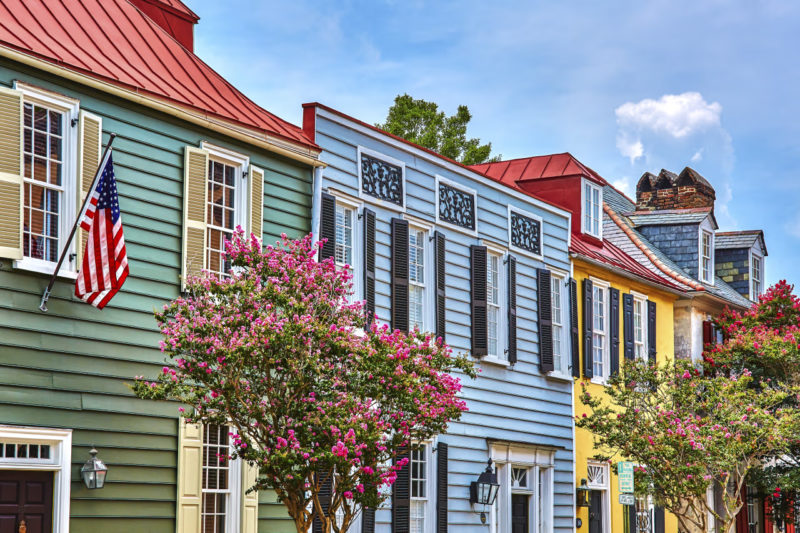Rising supply and vacancies are motivating landlords to lower asking rents, particularly in the South and West
A boom in new construction in the U.S. over the past few years has created an increase in rental supply, causing prices to decline for the third straight month, according to Redfin.
The median U.S. asking rent fell 0.8% year over year in December to $1,964, according to Redfin’s report Monday. That’s on the heels of a 2.1% annual drop in November—the largest since 2020—and a 0.3% decline in October. December rents only slightly changed from the month prior (-0.2%).
More: Trump Tower Apartment Lists for $30,000 a Month, One of Chicago’s Priciest Rentals
As landlords look to fill vacancies created by the building boom, many have turned to dropping asking rents. They also are offering incentives, such as a free month of rent and reduced parking costs, as a way to draw potential renters. These additional concessions mean the total price that renters are paying is likely falling faster than the data suggest.
With rents still just 4.4% off their record high in August 2022, Americans are watching their money closely. Economic uncertainty, slowing household formation and affordability challenges seem to be contributing to the slowing numbers.
“High supply—more so than low demand—is driving rent declines,” Redfin economics research lead Chen Zhao said in the report. “But if mortgage rates continue to drop at a fast clip in 2024, slowing rental demand could become a major driver of rent declines. That’s because more Americans would ditch the rental market to become homeowners, leaving landlords with even more vacancies.”
There are currently more newly completed and under-construction apartments in the U.S. than there were a year ago. The number of completed apartments is near the highest level in more than 30 years, and the number of buildings still under construction is just below the record high.
Because renters have more options these days, the rental vacancy rate grew to 6.6% in the third quarter—the highest level since the first quarter of 2021.
The report showed that rents dropped in the South and West but continued to rise in the Midwest and Northeast. The median asking rent fell 1% year over year to $1,632 in the South and fell 0.6% to $2,346 in the West. In the Midwest, it rose 3.7% year over year to $1,434, and in the Northeast, it was up 1.7% to $2,439.
Those numbers reflect the construction trends within those regions. Building in the Midwest and Northeast hasn’t been as robust as in the South and West, creating fewer vacancies and less incentive to reduce prices.
“With rents falling and vacancies rising, now is a good time to shop around or try to renegotiate your rent if your lease is up—especially if you’re a renter in the South or West,” Zhao said.
Source: mansionglobal.com













